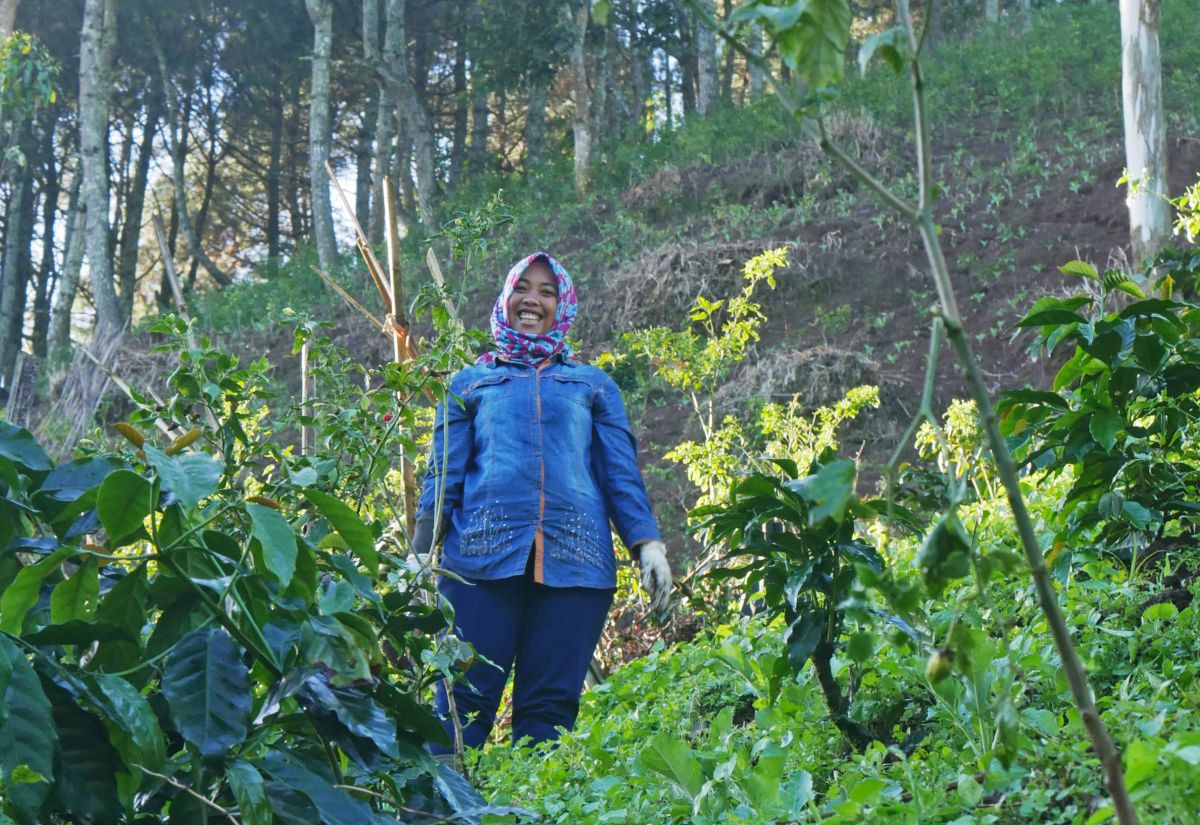Forest education in the Asia–Pacific needs urgent overhaul

Across the Asia-Pacific region, significant gaps in education about forests threaten efforts to limit climate change, conserve biodiversity and achieve sustainable development, according to a new study by RECOFTC conducted with the Food and Agriculture Organization of the United Nations (FAO) and the International Timber Trade Organization.
The report highlights widespread challenges with the content of the forestry curriculum, the exposure of students to forests, the level of resources dedicated to forestry education, practical experience and pathways to forest-related jobs. It recommends ways to address each of these issues.
"We need workers with the knowledge and skills required to manage, protect, use, study and restore forests. We also need greater societal understanding of the benefits forests provide." – David Ganz, RECOFTC
The gaps are not uniform across the region. In some places, for example, university and college forest education is modernizing and diversifying to encompass a broader range of subjects and disciplines. But, as the study shows, in many others, forest education at this level is stagnating or in decline.
“Without well-managed and protected forests, and more of them, we cannot hope to address climate change and biodiversity loss and develop sustainable rural livelihoods,” said RECOFTC Executive Director David Ganz. "For that, we need workers with the knowledge and skills required to manage, protect, use, study and restore forests. We also need greater societal understanding of the benefits forests provide."
“Forest education can meet both of these needs,” said Ganz. “But FAO’s report and the research we conducted suggest that many schools, technical colleges and universities across Asia and the Pacific are failing to provide forest-related education at levels consistent with achieving these goals. Governments, donors, educational institutions and the private sector must work together to address this.”
RECOFTC surveyed 435 people in the region from July to October 2020 as part of FAO’s Global Assessment of Forest Education. The assessment focused on formal education in primary and secondary schools, technical and vocational education and training (TVET), and colleges and universities offering bachelor’s and higher degrees. It targeted three groups of respondents: professionals working in forest-related jobs; teachers at schools and universities; and students at TVET and university levels.
The region’s size and diversity of contexts was reflected in the variety of survey responses. But, overall, there was a widespread belief that forest education was inadequate. This was particularly so at the primary, secondary and TVET levels, but also to some extent at the levels of undergraduate and postgraduate university programmes.

A common theme in the survey responses was the limited experience students have of forests, despite the widespread recognition that exposure to forests increases interest and learning. Even at higher levels of education focused specifically on forests, the survey respondents repeatedly indicated that students had limited exposure to forests through field trips or practical work. Many people who responded to the survey commented that graduates of TVET and university degree programmes are ill-equipped to enter the workforce because they are unfamiliar with modern approaches and lack relevant knowledge and skills. In particular, they identified a lack of experience in forests, gaps in knowledge of tools and practical approaches, and gaps in skills such as communication.
Many respondents also criticized university curriculums and suggested they modernize to encompass a broad range of topics and skills that go far beyond the narrow scope of classical forestry courses. This included increasing coverage of non-timber forest products, socio-economic issues relating to forests, and interdisciplinary approaches, as well as boosting skills relevant to engaging with communities, managing projects and working collaboratively.
Most respondents recognized the potential of internships or part-time jobs related to forests to increase students’ learning. But they indicated that such opportunities were rare. Similarly, respondents were generally positive about digital tools for internet-based teaching and learning, and tools for practical work and analysis, including GIS, simulators, data loggers and drones. But they were less likely to report frequent use of such tools.

“The survey results reflect the diverse contexts of the Asia–Pacific region,” said Sirichai Saengcharnchai of RECOFTC who coordinated the survey for the Asia–Pacific region. “They show that, in some places, forest education is changing but that in other places, it is being left behind. Many respondents painted a picture of forest education that is under-resourced, outdated and disconnected from the changing needs of the job market.”
“The surveys also highlighted that forest jobs often have an image problem,” said Saengcharnchai. “Efforts to improve forest education should therefore go hand-in-hand with wider efforts to informally educate society about the crucial importance of forests and the opportunities forests provide for fulfilling jobs and careers.”
The report includes 50 recommendations for national governments, international donors and regional bodies, and organizations, companies and government agencies active in the forest sector.
These recommendations focus on areas such as reviewing and updating curriculums, training teachers, increasing student exposure to forests and forest careers, strengthening links between educational establishments and potential employers, increasing the availability of internships and part-time jobs, addressing gender and social inequalities, improving access to digital learning tools and improving the image of careers in the forest sector.
###
RECOFTC’s work is made possible with the support of the Swiss Agency for Development and Cooperation (SDC) and the Swedish International Development Cooperation Agency (Sida).

